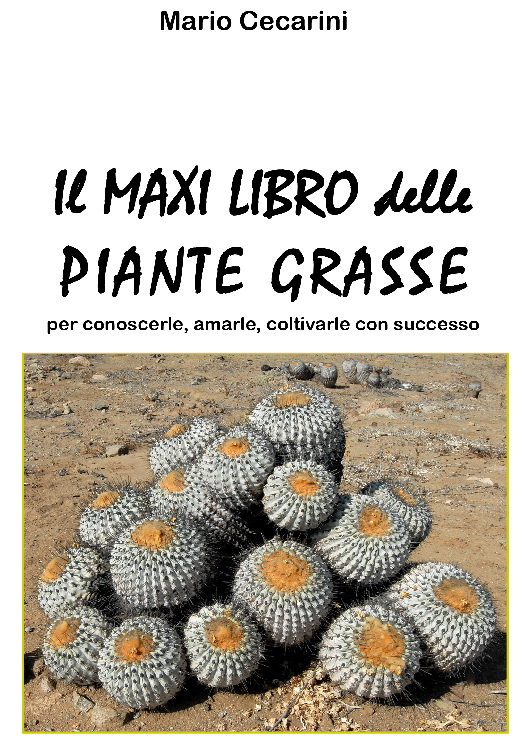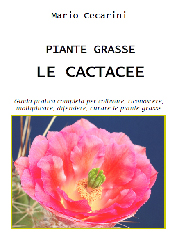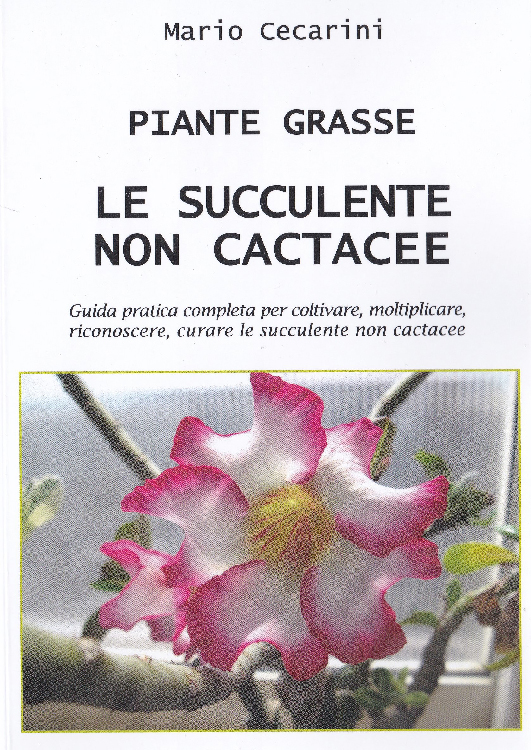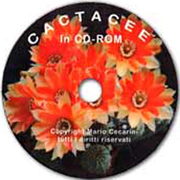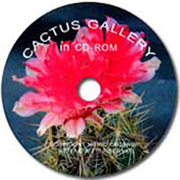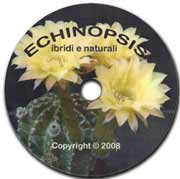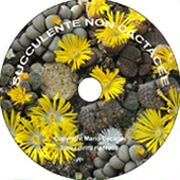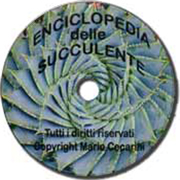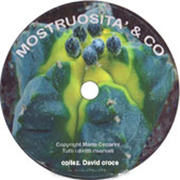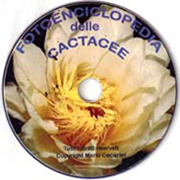Habitat: southern Peru, Argentinean and Chilean Andes.
Description: a genus of small globular cacti living at great elevations on the Andean ranges; the large, often bicoloured flowers are borne near the apex, followed by red fruits. Some species are winter-flowering.
They were once grouped under Echinocactus. It has synonyms in Neochilenia as well as in Pyrrhocactus and Islaya.
Soil: clay-based substrate with no humus and a coarse texture obtained by mixing lapillus, pumice stone and fine granite gravel, pH of 6. The genus Pyrrhocactus requires a substrate with 30% leaf mould and 70% sand.
Location: filtered light and good air circulation.
Temperature: keep the minimum temperature around 6-8°C (43-46°F) and low air humidity.
Water: average, but extended to the end of November; during the hottest month the water applied should be a little less than average.
Cultivation tips: not easy; they resent humid air in the wintertime and are slow-growing. They can be grafted onto Trichocereus spachianus.
Main species of Neoporteria: Neoporteria napina, has a beetroot-like root; N. nidus, with curly spines; Neoporteria calderana; Neoporteria chilensis; Neoporteria curvispina; N. villosa; Neoporteria deherdtiana; N. eriocephala; Neoporteria conoidea; N. fusca; Neoporteria islayensis; Neoporteria occulta; N. odieri; Neoporteria rapifera; Neoporteria paucicostata, a bluish cuticle covers the stem; N. planiceps, syn. N. laniceps; N. reichei; Neoporteria subgibbosa; Neoporteria taltalensis; Neoporteria wagenknechtii, winter-growing and densely spined.




